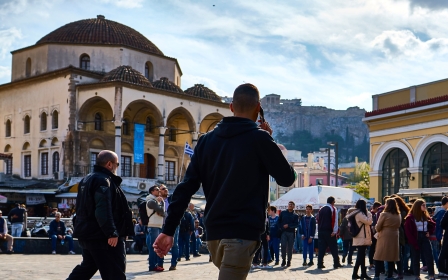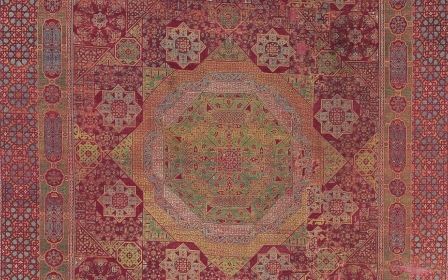
In pictures: Egypt’s historic Al-Zahir Baybars mosque reopens after decades of closure

Locals in Egypt’s capital, Cairo, gathered to visit the historic Al-Zahir Baybars Mosque this week as it reopened after decades of closure. The mosque, which was built during the Mamluk era in 1268, is one of the capital’s largest, spanning an area of around 1.2 hectares. (All photos from Reuters)
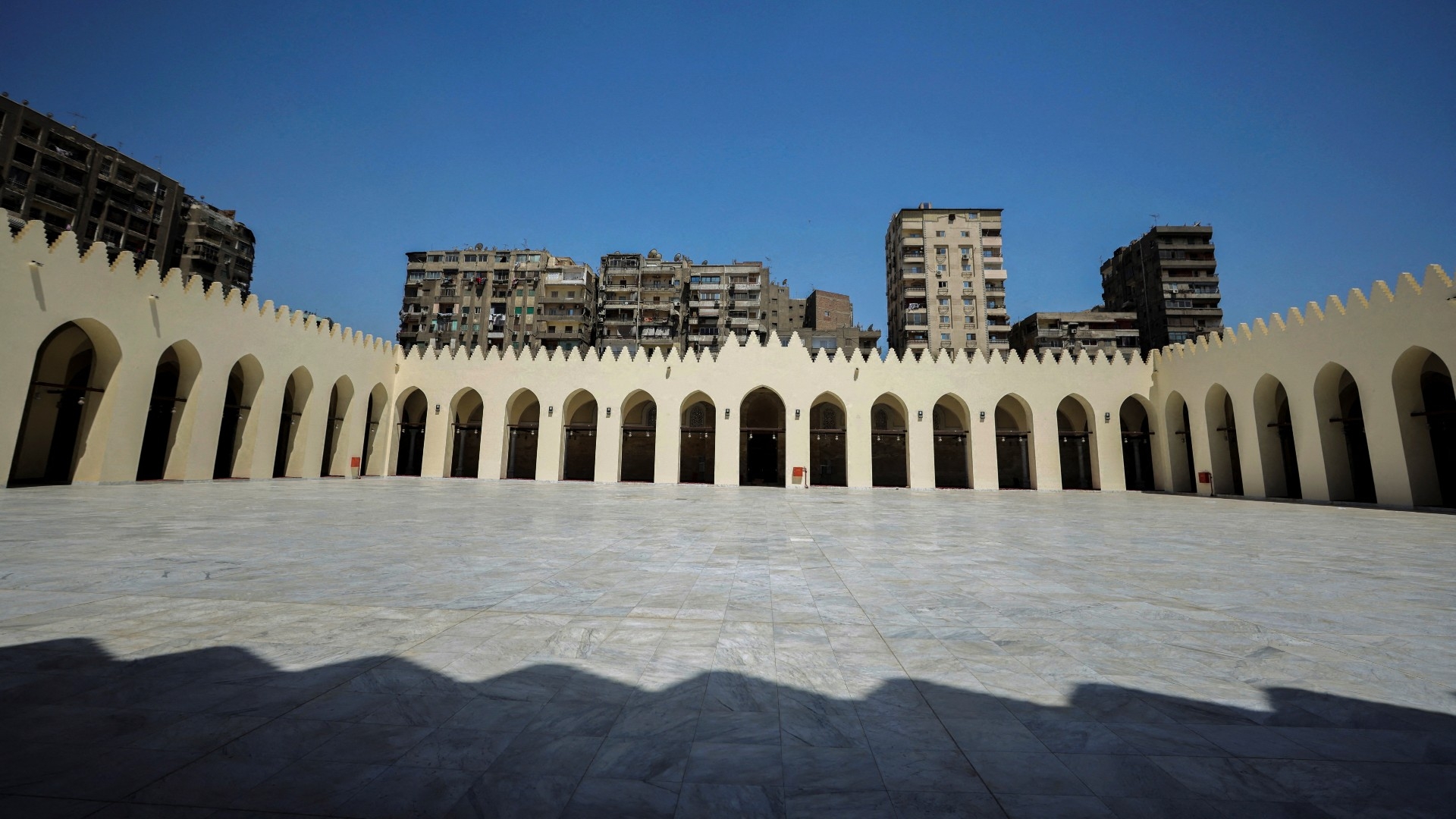
Prayers were held at the site to mark the reopening. The ceremony was attended by the chairman of the Senate of the Parliament of the Republic of Kazakhstan, Maulen Ashimbayev, the chairman of the Senate of the Parliament of Egypt, Abdel Wahab Abdel Razeq, and the Grand Imam of Al-Azhar, Sheikh Dr Ahmed el-Tayeb. The restoration of the mosque started in 2007 and was funded jointly by the governments of Kazakhstan and Egypt.
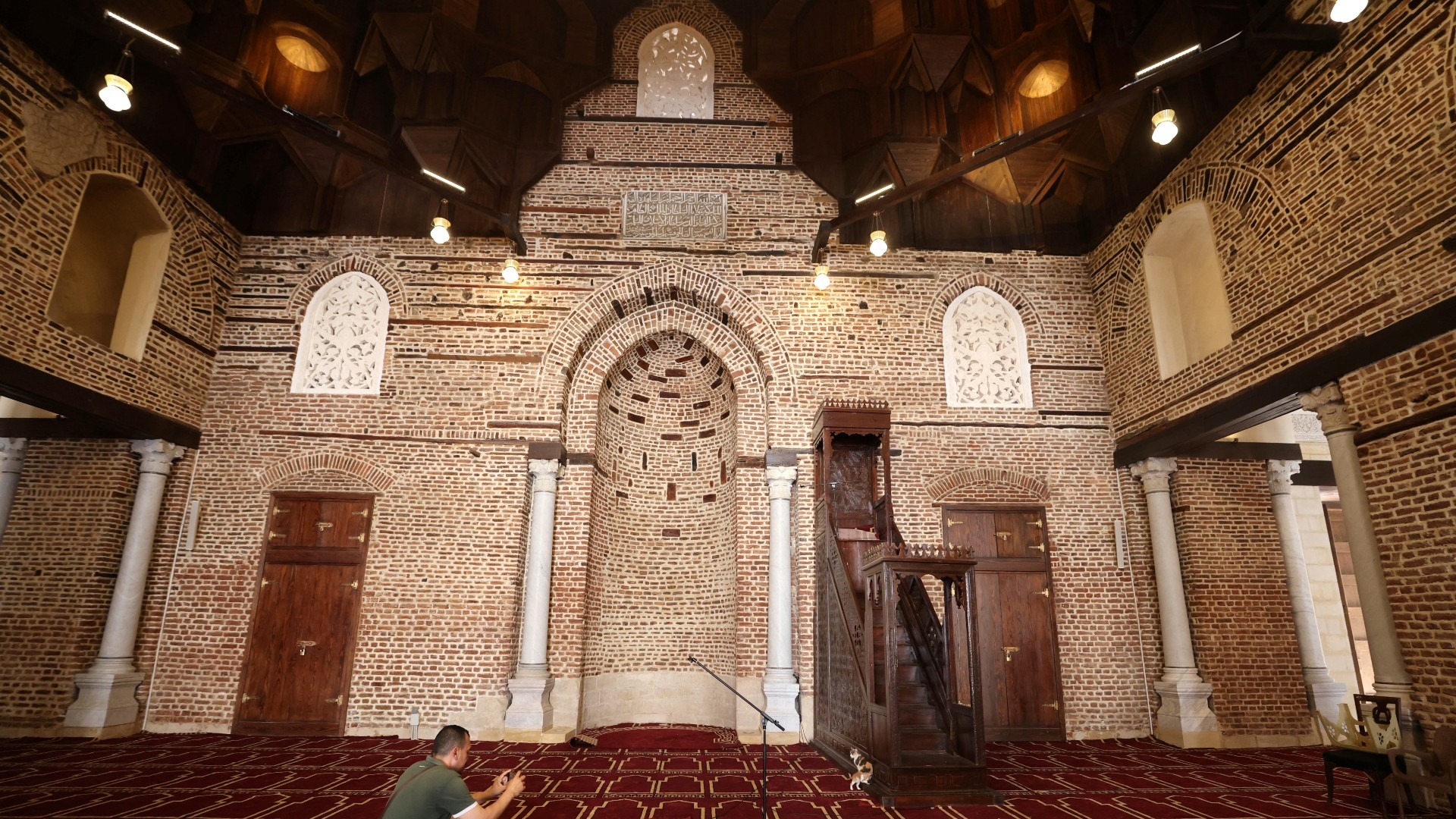
The mosque is named after Al-Zahir Baybars, who was born in what is now modern-day Kazakhstan, and ruled Egypt and Syria. He was a prominent figure and renowned for his military campaign against the Mongols and Crusaders. As sultan of Egypt, he was also known for his administrative reforms and helping to end the Crusader presence in the region. During his reign, Baybars carried out the fortification of numerous Syrian citadels and oversaw the building of warships and cargo vessels. He also built harbours, canals and mosques and established a postal service.
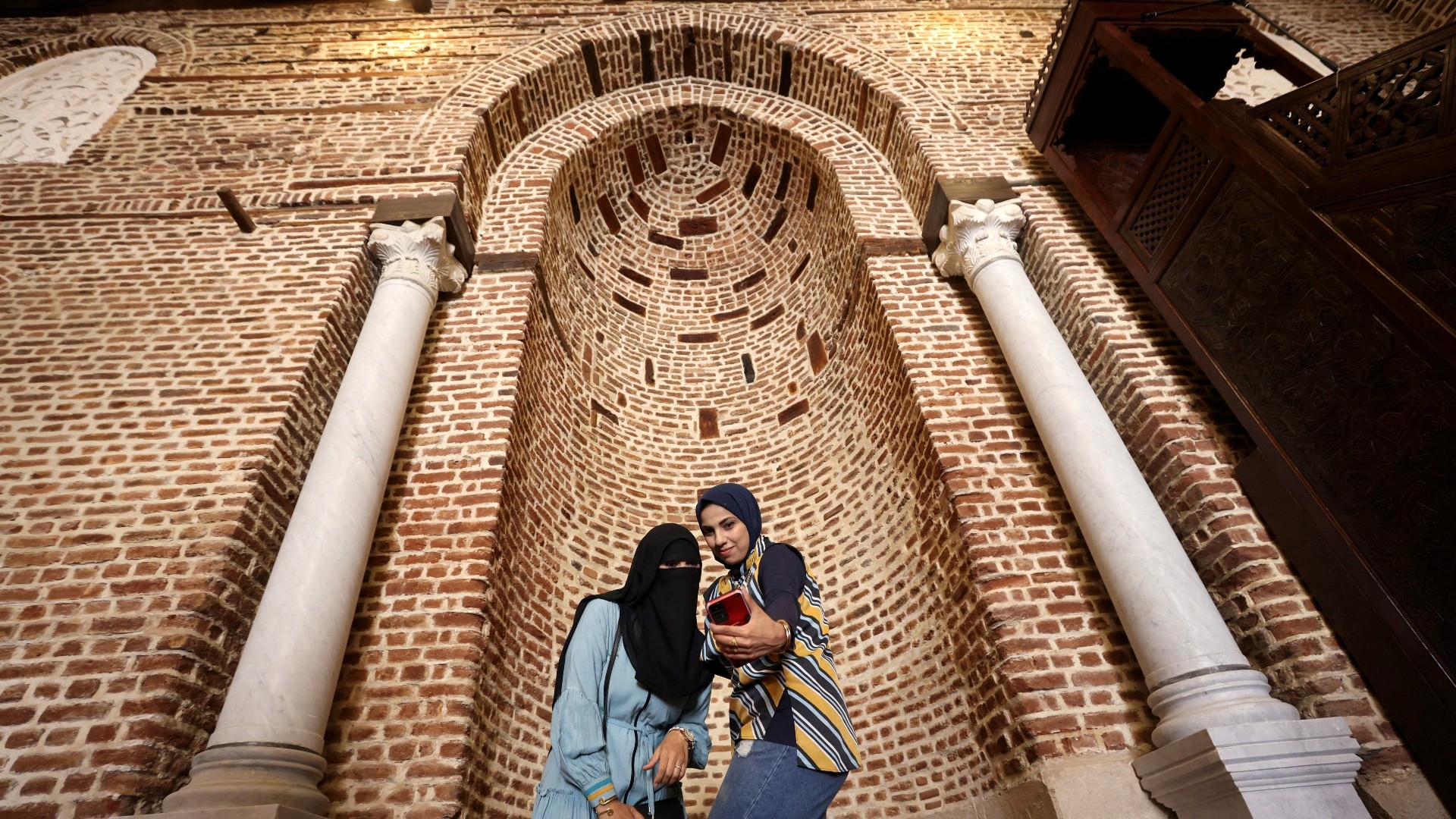
Baybars played a pivotal role in reshaping the political and military landscape of the Mediterranean region. His rule led to decisive victories, such as the defeat of King Louis IX of France during the Seventh Crusade. He also played a critical role in the Battle of Ain Jalut in 1260, a historic turning point that marked the collapse of the Mongol Empire. Although Baybars went on to become a prominent leader, he came from humble beginnings and was a slave during his early years.
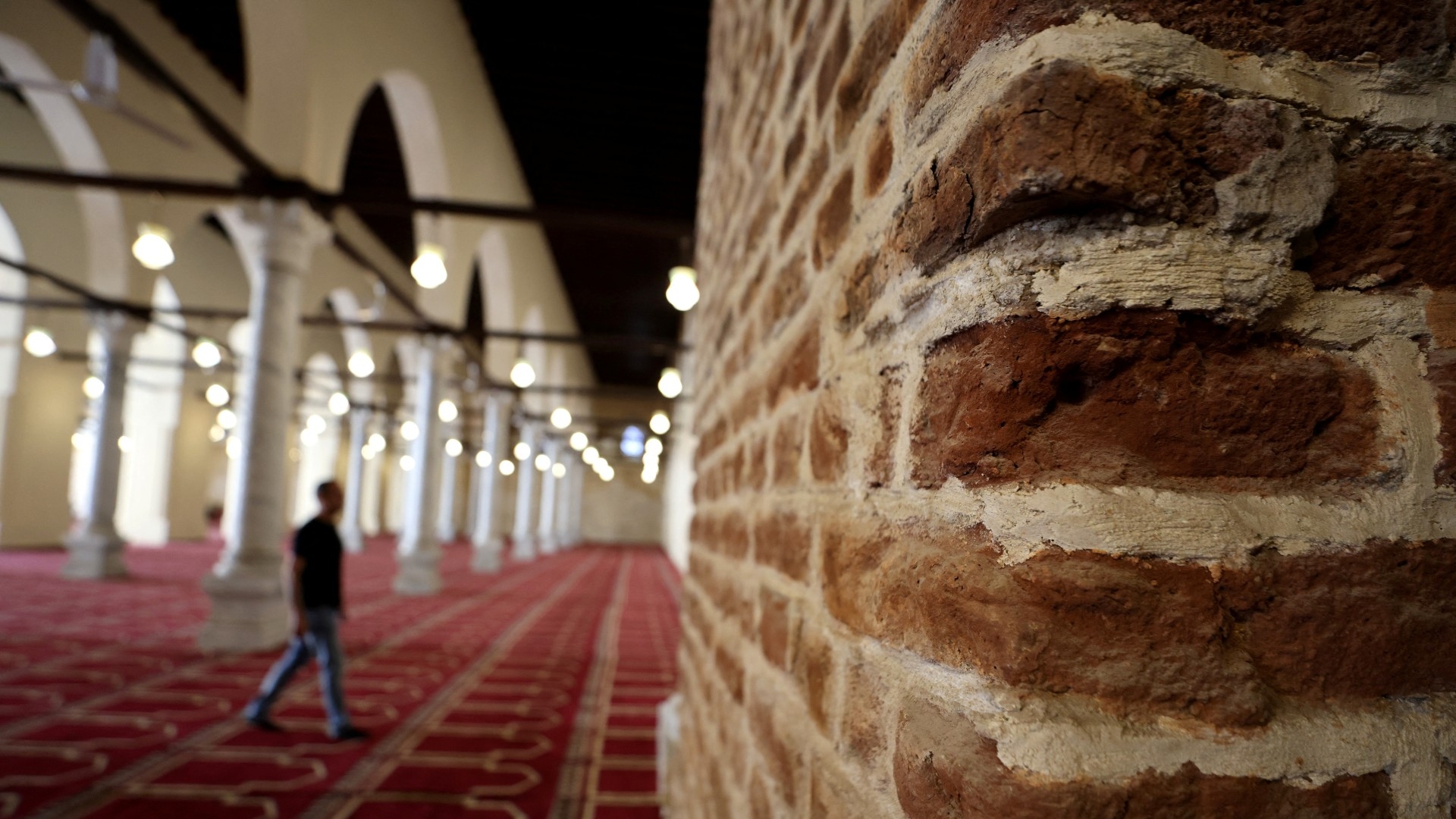
Prior to its reconstruction, the mosque had fallen into disrepair. During Napoleon's campaign in Egypt in the late 18th century, it was used as a military headquarters and fort. It was later used as a soap factory under the Ottomans during the 19th century, and as a slaughterhouse in 1882, when the British invaded Egypt.

Today, the mosque still bears parts of the original Mamluk structure, including its columns, which were strengthened during the restoration process. Many of the original bricks and marble slabs were also preserved to maintain its historical identity.
The restoration strengthened the foundations, and restored the marble columns and distinctive architectural features. The mosque's iconic entrances, which are considered to be some of earliest examples of ablaq masonry in Cairo, have also been reopened.

However, many structural changes had to be made, including to the mosque's roof and minarets.
Tarek Mohamed el-Behairy, the supervisor of the restoration, said that the mosque had to go through several processes to bring it back to its original condition.
"Some parts were destroyed, some parts have been dismantled because they were structurally unsuitable to remain in the mosque," he told Reuters.
This article is available in French on Middle East Eye French edition.
Middle East Eye delivers independent and unrivalled coverage and analysis of the Middle East, North Africa and beyond. To learn more about republishing this content and the associated fees, please fill out this form. More about MEE can be found here.



